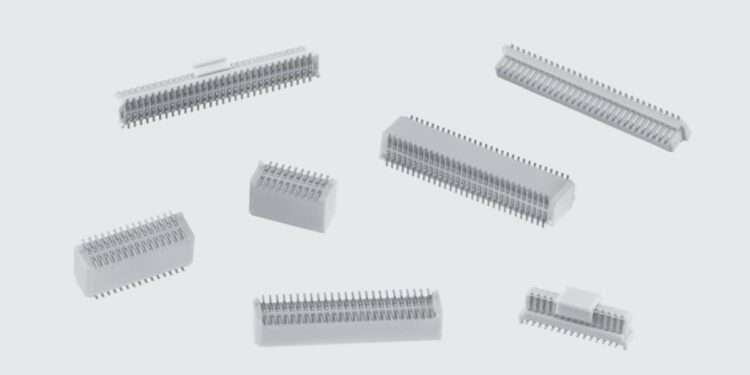Wire-to-Wire (WTW), and Wire-to-Board (WTB) connectors are similar in materials and design, but differ in whether the mating occurs between two free connectors or between a free and a board mounted connector. WTW connectors are used in Levels 3–5 and WTB connectors at Levels 3 and 4.

These connectors are often defined in terms of contact style and/or housing configurations. Contact styles include post/receptacle and pin/socket configurations and housing configurations include rectangular, circular, D-Subminiature and ribbon connectors. Circular and D-Sub connectors use pin/socket contacts while post/receptacle contacts are used in rectangular and ribbon connectors. Pin/socket contacts come in many sizes, depending on current requirements, while post/receptacle contacts are primarily based on a 0.64 mm (0.025 in) square post. The predominant housing materials are nylon and polyester. Contact spring materials include brass and phosphor bronze and contact finishes include tin and gold over nickel.





























